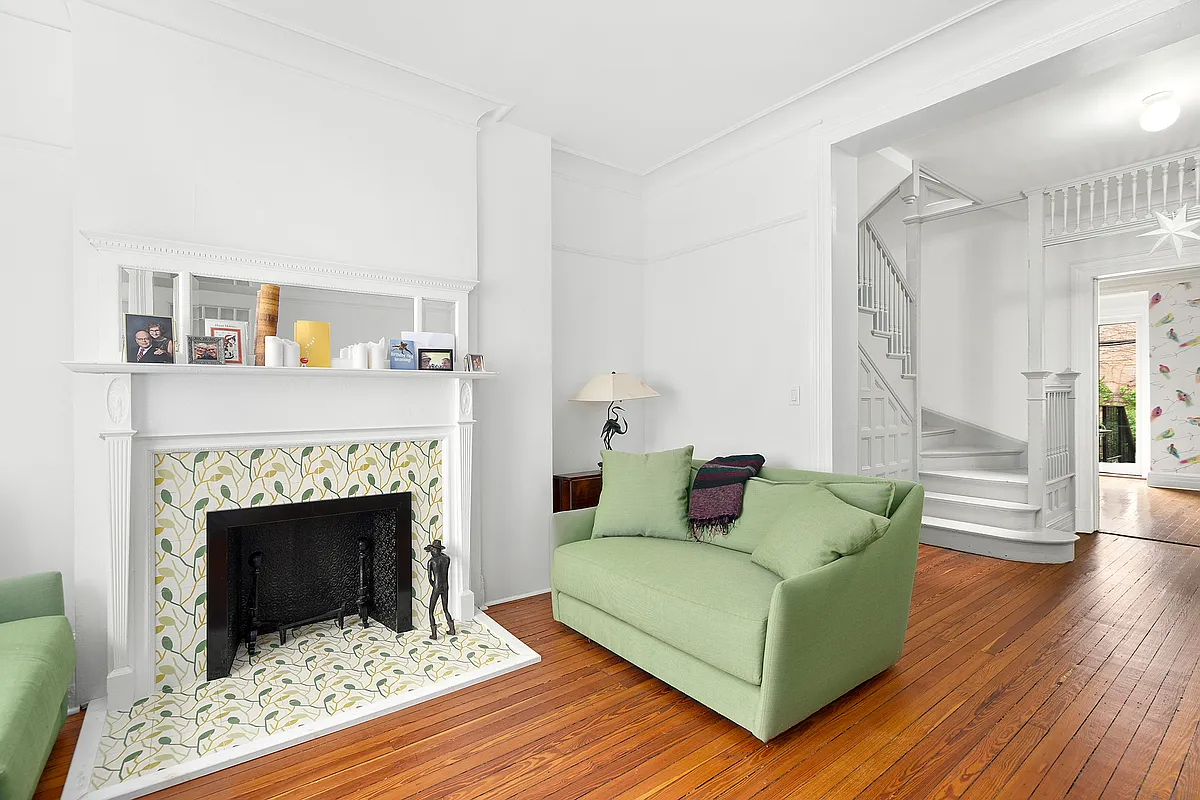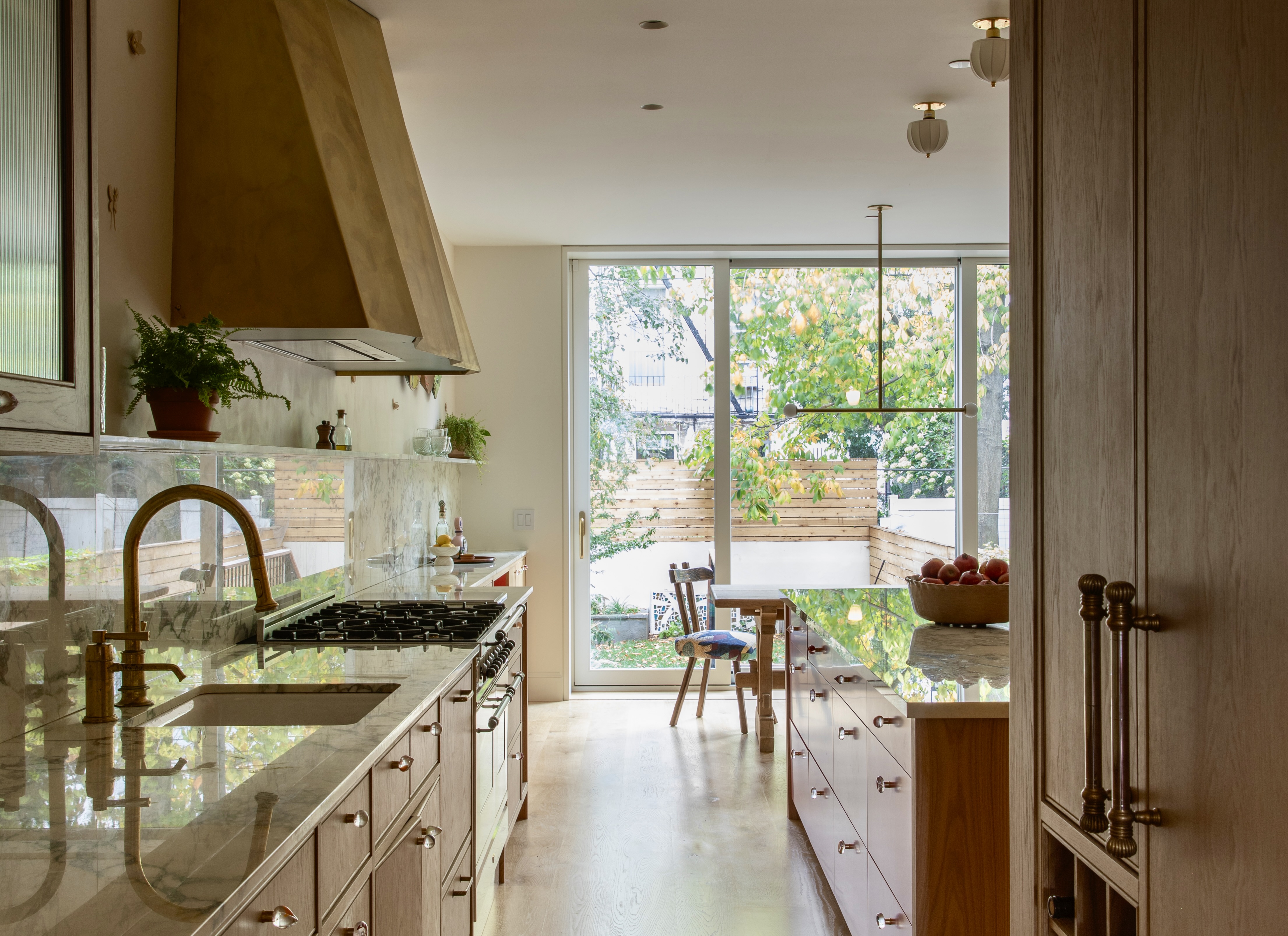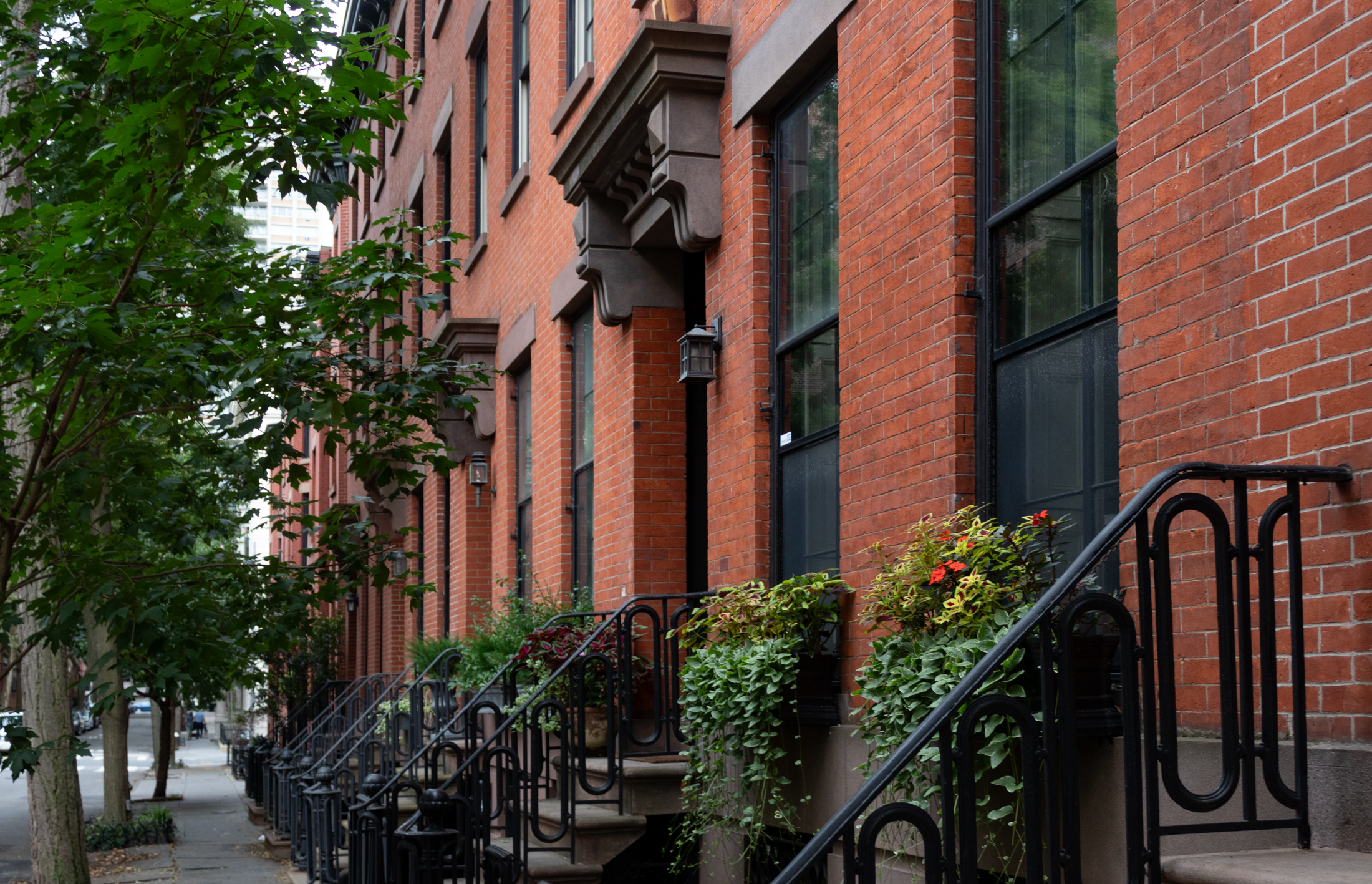Slope HD Extension: In 3 Parts, Over 10+ Years?
The Post had an article yesterday with details about the push to extend the Park Slope Historic District so that it includes 4,000 more buildings. Right now, the Park Slope Civic Council is proposing an extension that would happen in three phases: “the first 1,350 buildings [are] bordered by Flatbush, Prospect Park West, Seventh Avenue,…


The Post had an article yesterday with details about the push to extend the Park Slope Historic District so that it includes 4,000 more buildings. Right now, the Park Slope Civic Council is proposing an extension that would happen in three phases: “the first 1,350 buildings [are] bordered by Flatbush, Prospect Park West, Seventh Avenue, 15th Street, and parts of Union Street and Fifth Avenue. The second phase includes 2,000 buildings east of Fifth Avenue, and the third, east of Fourth Avenue between Flatbush and 15th Street.” A trustee of the civic council estimates that it will take 3 years to get landmark status for the first section and that there would be 5 year gaps between the landmarking of the other two portions. The Slope’s Historic District currently includes 1,975 buildings. Update: Blog Save the Slope takes issue with some parts of The Post article.
City Aims to Expand Slope District [NY Post]
Photo from Save the Slope.





Jailbait- since pubic transportation is a major problem ofr the outer boroughs, would the answer be to put money into upgrading that in the outer boroughs- not sinking billions into 2 short subway legs in Manhattan? Until our elitist mayor realizes this, we are looking in the wrong place to ease the housing crisis. Expanding the livability of NYC is a better answer than ripping up some of its most charming parts- and the only way to ensure quality of life for everyone. Otherwise it won’t be a city worth living in.
Preservationists take credit for getting the LPC to take a look at their neighborhoods but they do not have the last word. The LPC does and sometimes it does not agree with what the neighborhood asks for. CHN knows that from experience with LPC.
And although the general perception is that elitists nad gentrifyiers are the people who push for landmarking, a look at the homeowners who pursued it in Crown Heights North and Bed-Stuy will disabuse everyone of that notion.
“I would just like to know where the additional 1 million residents NYC is supposed to be getting in the next 20 years are supposed to live?”
Well between downtown Brooklyn and Williamsburg, there’s about 5,000 units of housing available right now.
If the highrises move forward with the Atlantic Yards project (which they will if demand arises) that will be like 15,000 units.
Are these areas too far out away from transportation?
11217 — I never said Landmarking isn’t a good thing. And the “first phase” of this proposal is probably very much worthy and appropriate.
HOWEVER, there are a lot of things in the world that are old… “Antique Barns” all over New England and upstate New York are packed full of old crap. Should these be saved? When the grandson inherits his grandfathers barn, is it really all that terrible that 80% of the crap get thrown into a dumpster? (No, it’s not. — in case you didn’t pick up on the rhetorical nature of my question.)
The reason I really hate the idea of freezing Park Slope in carbonite is this… How exactly did all of these glorious buildings get built in the first place?! Do you think they had to knock something else down? Why is this part of Brooklyn not allowed to evolve architecturally? What would be wrong with walking down, say, 4th Street and transition from Victorian brownstones to modern townhouses? Would that really be ruinous to Brooklyn??
11217;
I don’t think that the built-up portions of Manhattan went from forest to skyscrapers in a single bound. No, it developed in the normal course of a city. Farms==> subdivisions ====> chopped-up single family homes ===> commercial establishment, etc. It is the normal course of a city’s development to build out from the center. What you are endorsing is to thwart that process.
You and Bxgrl state that development should not occur in the older, more central areas. Rather, let’s push it out to, say, Flatlands. Great!! Push the growth out to areas that are ill-served by mass transit. How “green” is that??
Let me get this straight. Your idea of a great situation is a) folks living in 4-story walk-ups so that you and others can admire them from the street and “feel the history” and b) for those with children who somehow don’t want to deal with lugging up a stroller 4 flights, they can seek newer, more affordable housing in the outlying sections of the city with little tranportation insfrastructure.
Sounds like a plan to me!!!
PS: I have been to Venice, and found the place to be what I called it. Are you not aware that its population si dwindling to near-zero?
The current boundaries of the park slope historic district make little sense and need to be rethought and expanded. at the time of designation, back in the 1970’s, most anything west of seventh avenue was considered “gowanus”. Now, having said that, some of what rob complains about is true. The staff of the lpc can be extremely annoying, slow, and sometimes act like petty tyrants. While they ignore horrible illegal work underway in the district, they will make honest citizans jump through silly hoops to obtain permits. Sometimes they will flat out deny permits because of past alterations done decades ago, by prior owners. Also, everyone who deals with landmarks knows that getting a permit depends on the ego of the staffer you are assigned to as much as it does to any guidelines that may apply.
The commission has a perverse way of torturing and alianating the regular folks who are inclined to follow the rules. if the lpc wants to add thousands more properties, they need to revise and simplify their permit process. and most of all give the staffers some training! they desperately need training on how to apply guidelines consistently, fairly, and realistically. Until there is a mass uprising on the part of regular folks, the LPC will continue to hear only from about eight preservationists who attend all the hearings and who never want to see any permits issued to anyone for anything.
I, too, have my concerns about NYC over-using the landmark district designation. While significant events may have occured in some non-significant buildings, some of the classic elements of a welcoming neighborhood like Greenwich Village or Park Slope could be created or maintained in a non-historic district through zoning. The uniform and continuous street wall, height limits, street trees, no curb cuts by not requiring parking…. Design standards might be ok but they are very difficult to codify since aesthetics are subjective, but something along those lines would be better for some of the currently discontinuous neighborhoods neighborhoods in, say, the South Slope. I don’t think everything new has to be Ye Olde and old isn’t synonymous with precious or even good. I’m frankly kind of sick of brown. Fortunately the historic district and Park Slope ends at my back yard and my neighbor has opted for blue! I also have big gripes with landmarks about not allowing screens on facade windows in 19th century homes….
Yes, but what does “progressive, developing city” really mean, and who gets to determine that? If left ONLY up to most developers, you won’t have to worry about Venice, we will look more like Soviet era Moscow. Most, not all, but most, developers seem to be more interested in square footage, and making the most units and the most bucks out of a parcel of land. They will cater to public demands, but only because that sells units. I can just see some of the meetings – “Give ’em big windows, people like big windows, and throw in stainless steel appliances and granite, that’s hot too. What does it look like? Who cares, it has big windows and granite.”
Most developers are also not concerned with creating sustainable neighborhoods, and the only building in their vocabulary is “luxury”, a word that has lost its meaning as much as “history”. Neighborhoods are not just places zoomed into on a Google map. They should be places where interaction between people can be fostered, where pride of place is encouraged and where people can walk around to shop, go to school, be entertained, walk the dog, etc, etc. The classic Jane Jacobs livable city. Landmarking, as the ONLY tool in our preservationist toolbox at the moment, makes that possible. I don’t think it’s too much to ask that neighborhoods that encourage this interaction get to remain that way. That includes not just the homes and monuments of the rich, but a cross section of the myriad types of buildings that gave Brooklyn such a rich history. And that takes more than just having one tenement museum. That’s like putting one tree in the park under glass and bulldozing the rest. After all, we saved one.
Venice is pretty cool, too.
I would just like to know where the additional 1 million residents NYC is supposed to be getting in the next 20 years are supposed to live?
I know the answer to that — further out in the boroughs and the exurbs. However, is that really a good answer? The MTA already sucks.
Basically, my point is this — yes, Fedders are ugly — but where are people supposed to live? “Preserving history” is a very noble cause, but real people live in the present, and the city’s housing needs should weigh heavily on whatever decision Landmarks makes. [By the way, isn’t increasing urban density a “green” thing to do? Or does aesthetics and nostalgia trump that concern as well?]
It is also pretty odd to say that groups like Save Park Slope (which is a dumb name — as if Park Slope of all places really needs saving) don’t write the rules, Landmarks does, so the preservationists are blameless when an unremarkable block gets scooped up in a landmarked district. Who exaclty has been hounding them to expand the district? Do you really think that preservation groups don’t influence the process? Seems silly to hide behind a bureaucracy, especially when they’re doing exactly what you want and what they’ve specifically been asked to do.
“Do we want to be a progressive, developing city, or live in Venice,Italy,which has morphed into a “historic Disneyland”.”
Benson, this is SUCH a ridiculous comment. NYC can be (and IS) both. Firstly, Venice is TINY. Have you been there?
There are swaths of Queens, Brooklyn, Bronx and even Manhattan with room for the kind of craptastic development you seem to love so much.
To suggest that in a city this size it needs to be an either/or is rather ludicrous.
Luckily, this will move forward without yours or Tyburg’s consent and for that I am eternally grateful.